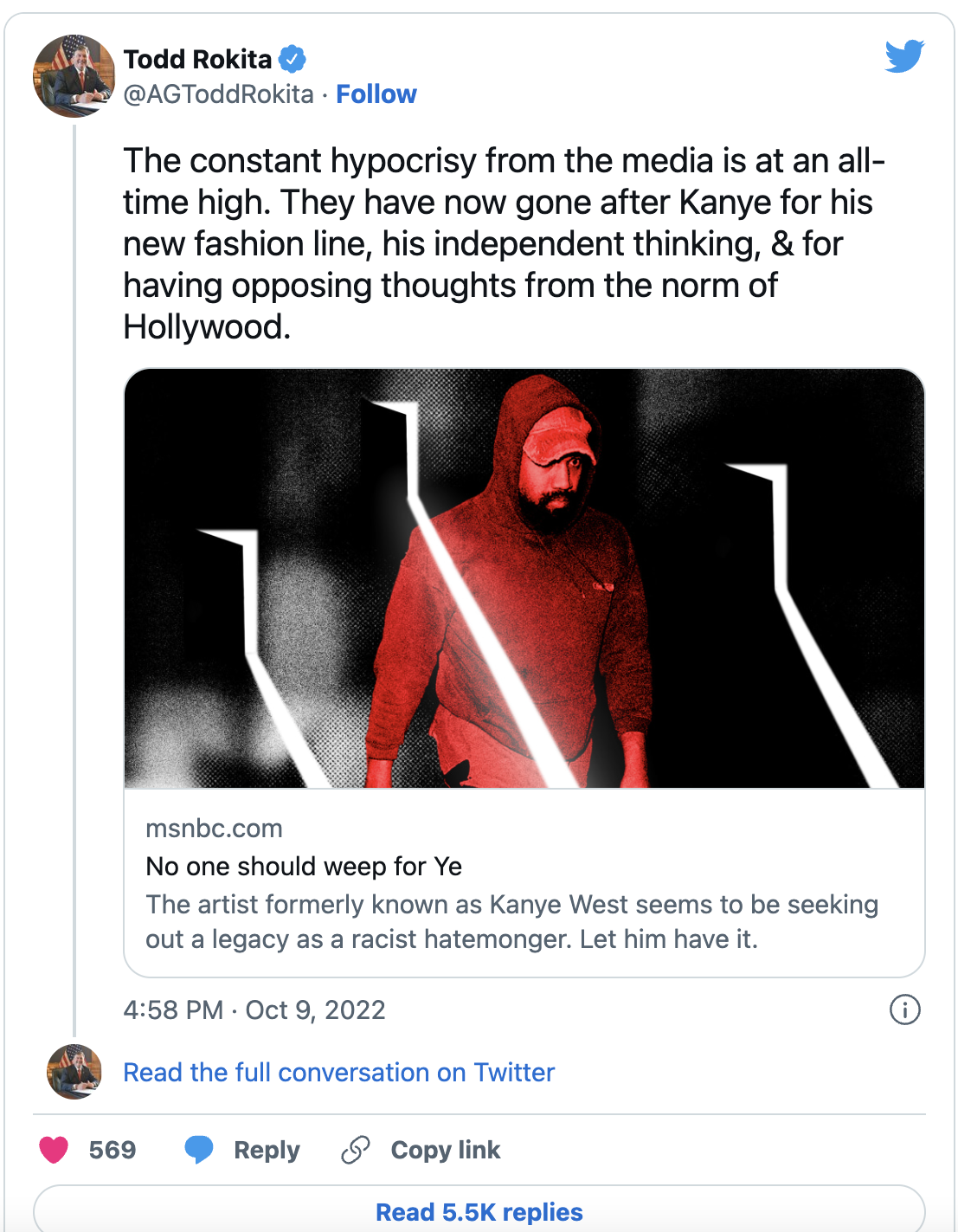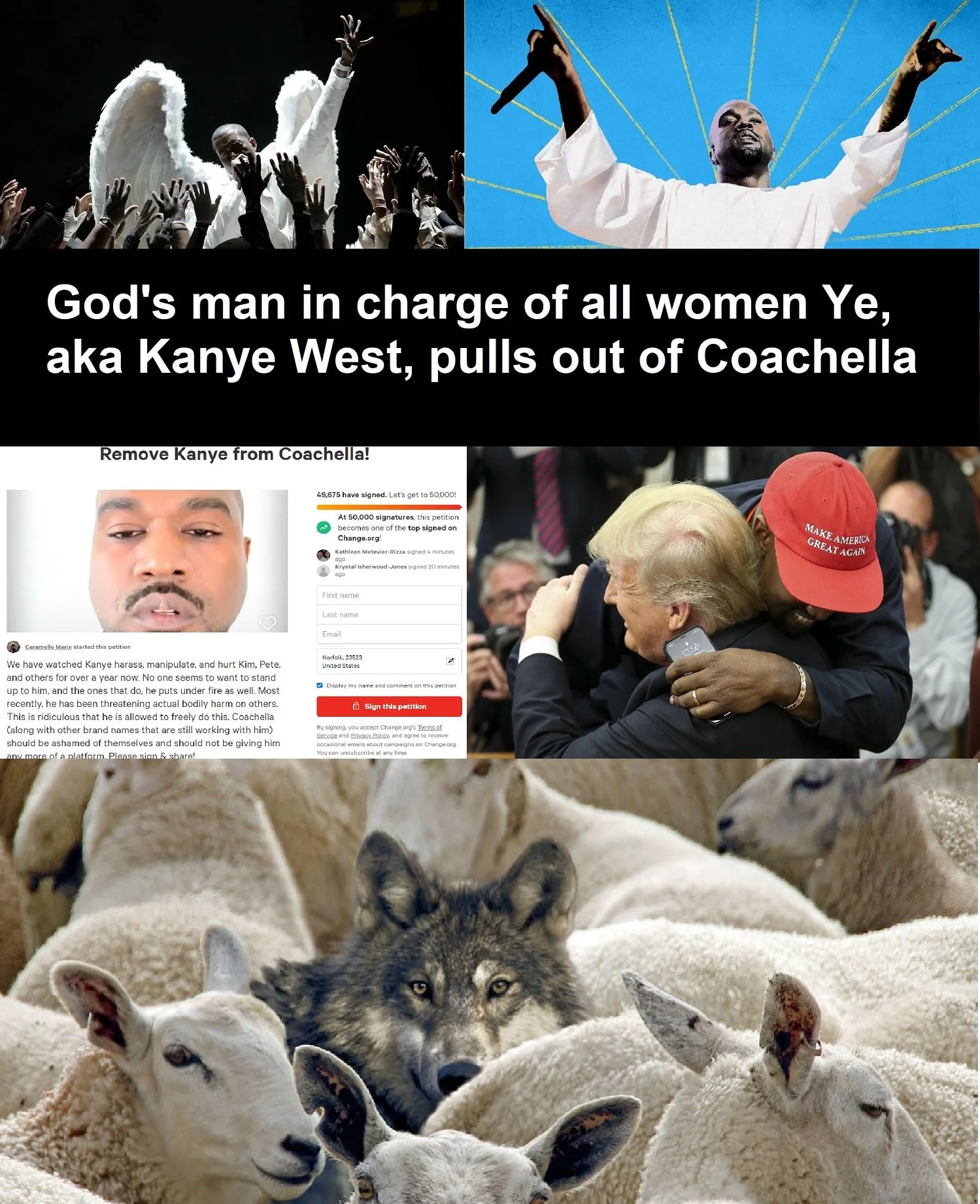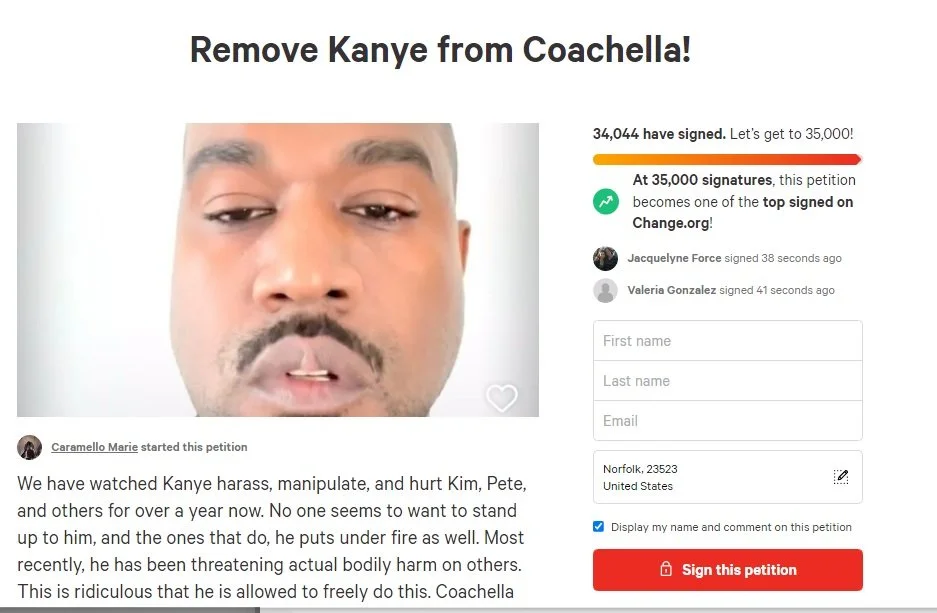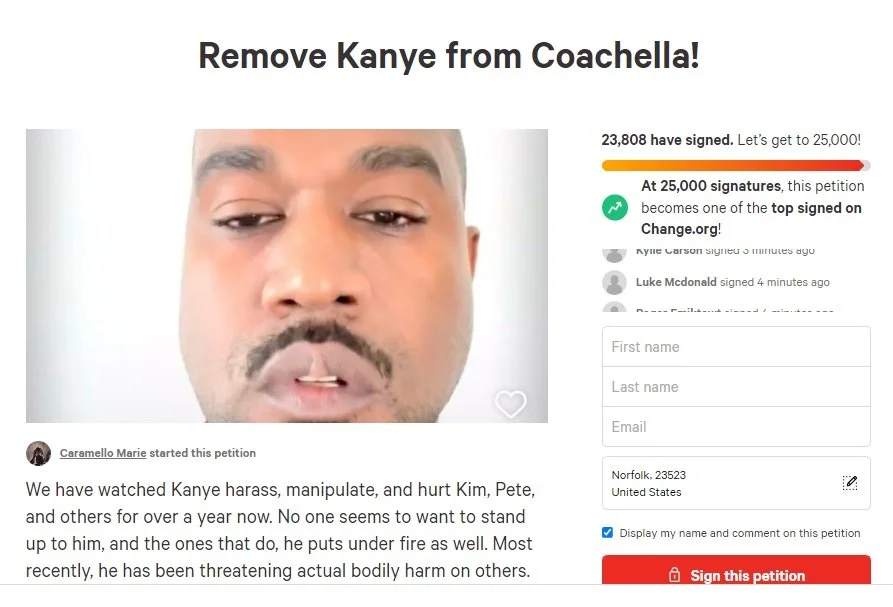Bernie Sanders Campaign Should Stop The White Women's Privilege Lectures
/Last February Jennifer Wright addressed Vermont Independent Senator Bernie Sanders’ problem with women, writing Bernie Sanders’ Sexism Problem for Harper’s Bazaar.
“We have got to look at candidates, you know, not by the color of their skin, not by their sexual orientation or their gender and not by their age. I mean, I think we have got to try to move us toward a non-discriminatory society which looks at people based on their abilities, based on what they stand for.” Vermont Public Radio, Feb. 2019
Many women and people of color view that statement as a reaffirmation of the “let white men rule, we’re better at it” theory of political governance. Wright perfects her roast of Sanders, and I encourage to read her piece, while I pull out a few highlights that still simmer in my conscious as a super active person in the Hillary Clinton campaign.
There was a bit of poetic justice when women who worked for Bernie in his 2016 primary campaign came forward to discuss how they were paid less and experienced sexual harassment. You see, with rare exceptions — finally hiring Symone Sanders who served as his national press secretary until late June 2016 — Bernie couldn’t really find many good women of any skin color to hire at a high level. His campaign was run by white men — a feature that he has fixed in his current 2020 run for the Democratic nomination.
Still, when women working in the field and as organizers complained about both wages and fending off sexual advances from male staffers, Bernie grabbed his mop of white hair and defended his inaction saying initially “I was a little bit busy running around the country”. After all, Bernie Sanders said that “women’s issues were a distraction” and Planned Parenthood — who is getting the crap kicked out of them by the Trump administration — is “the establishment”.
Those same Sanders campaign women going to New New York Times to share their experiences aggravated the hell out of Sanders who doesn’t hesitate to public address controversy most often with a “poor me” song akin to Donald Trump’s.
Sanders Is Old Dog Not Interested In New Tricks
Writing for The Daily Beast, Emily Shugerman’s article ‘Ex-Staffers: Bernie ‘Struggles’ with Women’s issues affirmed the gender gap in Sanders’ socialist brain when the topic is women.
“You can put lipstick on the pig, but in the end the senator is someone who is actually very proud of not changing his ideas,” Sarah Slamen, a Texas organizer and Sanders’ 2016 state campaign coordinator in Louisiana, told The Daily Beast.
“I want to believe that old dogs can learn new tricks, but I don’t see it with this dog,” she added.
If Bernie was female, he would be called a real crybaby. More importantly, Bernie has a serious problem with women supporters and raising money from women as donors. So it shocked me to read his campaign’s complaints about MSNBC and specifically legal analyst Mimi Rocah, a former assistant U.S attorney for the Southern District of New York.
To be clear, Rocah’s comments shocked me in their honesty, but the Sanders’ campaign response went all down hill for a campaign that needs the support of women of every color. This growing Democratic narrative from the black women pundit class that any campaign can fly without white women seems absurd, but politics does strange things to people’s minds.
Bernie Sanders Female Donors July 2019 Second Quarter
Think Elizabeth Warren And Bernie Sanders Are The Same? She Doesn’t. via Buzzfeed
First — stats about Bernie’s women donors. OpenSecrets has analyzed the candidates’ fundraising through July. Don’t be confused by Open Secrets publishing a picture of women holding Bernie signs. Senator Sanders is at the bottom of the Democratic pileup, with only 39% of his donors being women in second quarter. Bernie is at the bottom with candidates like Michael Bennett and Pete Buttigieg .
For all the fanfare around Bernie, coupled with his name recognition, the Sanders campaign performs pitifully with women and it will probably cost him the nomination. Actually, Biden’s women donors are only marginally better but his total dollar haul from women is more than double Bernie’s.
Like it not, the Sanders campaign has a woman problem, and the Bernie team accuses MSNBC and other media — not Bernie himself — of cultivating it. Since I remember well Senator Sanders being the darling of MSNBC in 2016, far more than HIllary, I find this story pretty intriguing from the Bernie camp. Perhaps the MSNBC team has sobered up a bit now that Trump is president.
I have observed Bernie being very confrontational with MSNBC reporters and anchors, and nothing prepared me for Mimi Rocha’s personal critique of Sanders during a segment with 8-10 am weekends host David Gura, saying that Bernie makes her “skin crawl” and that he’s not a “pro-woman candidate.”
Clearly Rocha is a legal analyst and not a political pundit. Hearing Rocha’s words, I was like "Holy mother of the goddess!!!" To be clear, I think Bernie would sell out women's reproductive health in a minute for new union rights, let's say. I don't trust him further than I can throw a high heel. Still, Rocah's candor took my breath away.
“Bernie Sanders makes my skin crawl,” Rocah started when discussing the lineup for the upcoming Democratic debate in Detroit, where Sanders will share a stage with Sen. Elizabeth Warren (D-MA). “I can’t even identify for you what exactly it is. But I see him as sort of a not pro-woman candidate,” she continued. "So, having the two of them there—like, I don’t understand young women who support him. And I’m hoping having him next to her will help highlight that.”
The Sanders campaign was furious, and The Daily Beast details their response to Rocha’s comments in an article saying tensions between Sanders and MSNBC are boiling over.
“It takes a certain kind of woman to ignore that education, healthcare, and the economy are women’s issues too. #privilegedmuch? This is not what intersectional feminism looks like. It’s corporate feminism at its finest. Full stop,” Sanders’ national press secretary Briahna Joy Gray wrote on Twitter.
“Here we go again.. It is so belittling to constantly tell young women that they HAVE TO vote for someone JUST BECAUSE THEY'RE A WOMAN. Mam, we have brains, we're voting on policy and a candidates vision + work, not their sex. This is #WhiteFeminism at its finest,” Belén Sisa, Sanders’ Latino press secretary, tweeted.
The article is interesting but Bernie's problems are not because of MSNBC.
Bernie's problems are 1) we don't believe that he can achieve significant goals, based on his pitiful decades long lack of legislation in Congress and lack of a strong network among colleagues. His record pales next to Elizabeth Warren's who runs circles around him intellectually and as a policy whip who literally invented the Consumer Protection Bureau and then dealt with Republicans refusing to give her the permanent job.
Did Elizabeth Warren cry boo hoo like Bernie? Nope, she persisted on behalf of American consumers.
And 2) we prefer a younger, calmer, candidate than Bernie Sanders. Beyond that, some of have long memories and with so many great Democratic candidates, there's no need to work through my issues with Bernie and his ruthless supporters, which are totally of Bernie's making.
Given the success of Elizabeth Warren with women generally and much more successfully with women of color than Bernie, the white women are corporate feminists, not intersectional feminists, actually falls on deaf ears. In the age of Trump white women Democrats are tired of being yelled at by Sanders camp women of every color.
Women's Suffrage Leaders Left Out Black Women via Teen Vogue
To be honest, the wounds are so deep among women post 2016 election and then the fighting with the Women’s March founders (who have been unusually quiet this summer — thankfully), we’ve learned to just let the Bernie women’s condemnations of us evaporate.
If Bernie gets the nomination, we will vote for him. But we’re 95% certain that won’t happen, although the anti-white women arguments certainly won’t cease in the ultra progressive wing of the party. Bernie has a terrible time making alliances and solid relationships with other politicos, so the way his representatives speak to possible supporters and donors should not surprise us.
Turner and Bernie's other women could have properly called Rocah out, as she stunned even me with her candor. But when you drag white feminism into the conversation, I remind you not to get your gander up, Berner ladies.
We white lades you detest so much have other candidates who are happy to have our support and money. I'm just tone deaf to the white women bs from Berners and refuse to relive the utter hell of 2016 first with Bernie and then with Trump. My conscience is clear, and that’s the final word. Kiss, kiss, Nina. ~ Anne


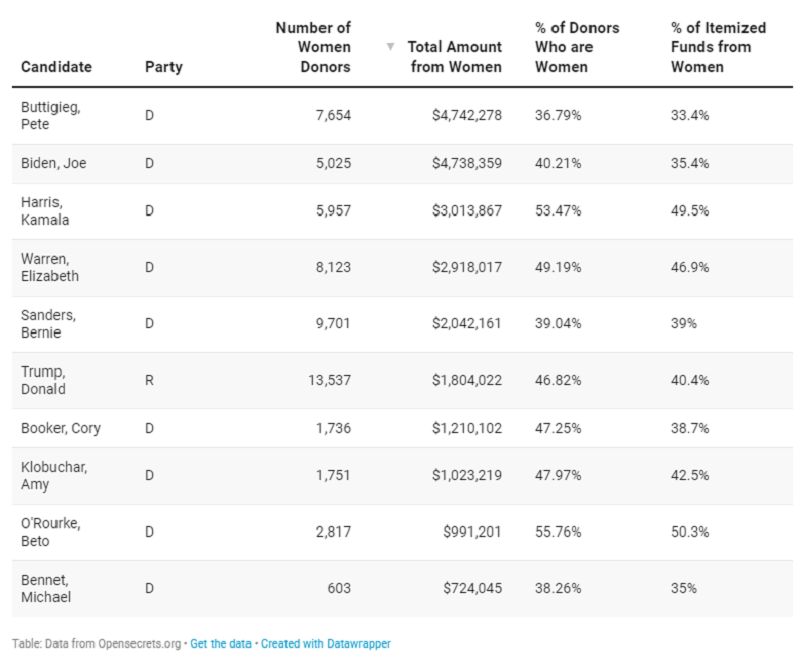
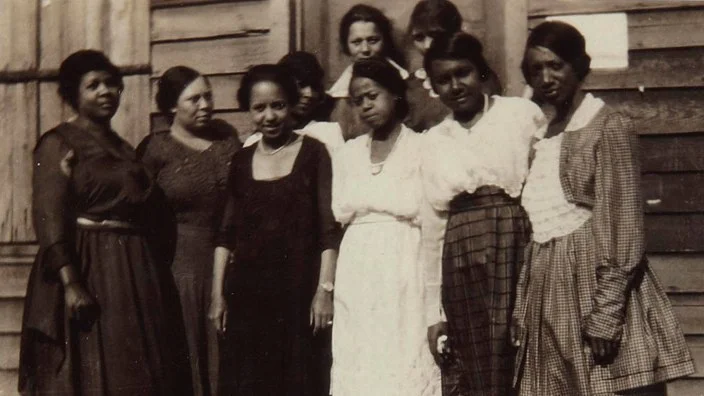

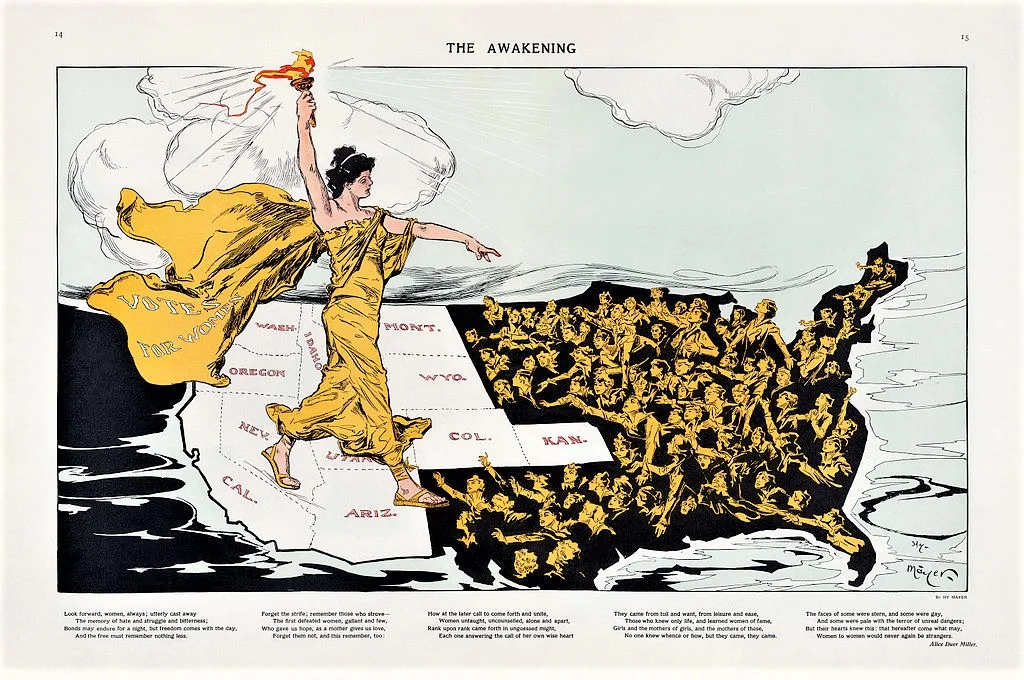










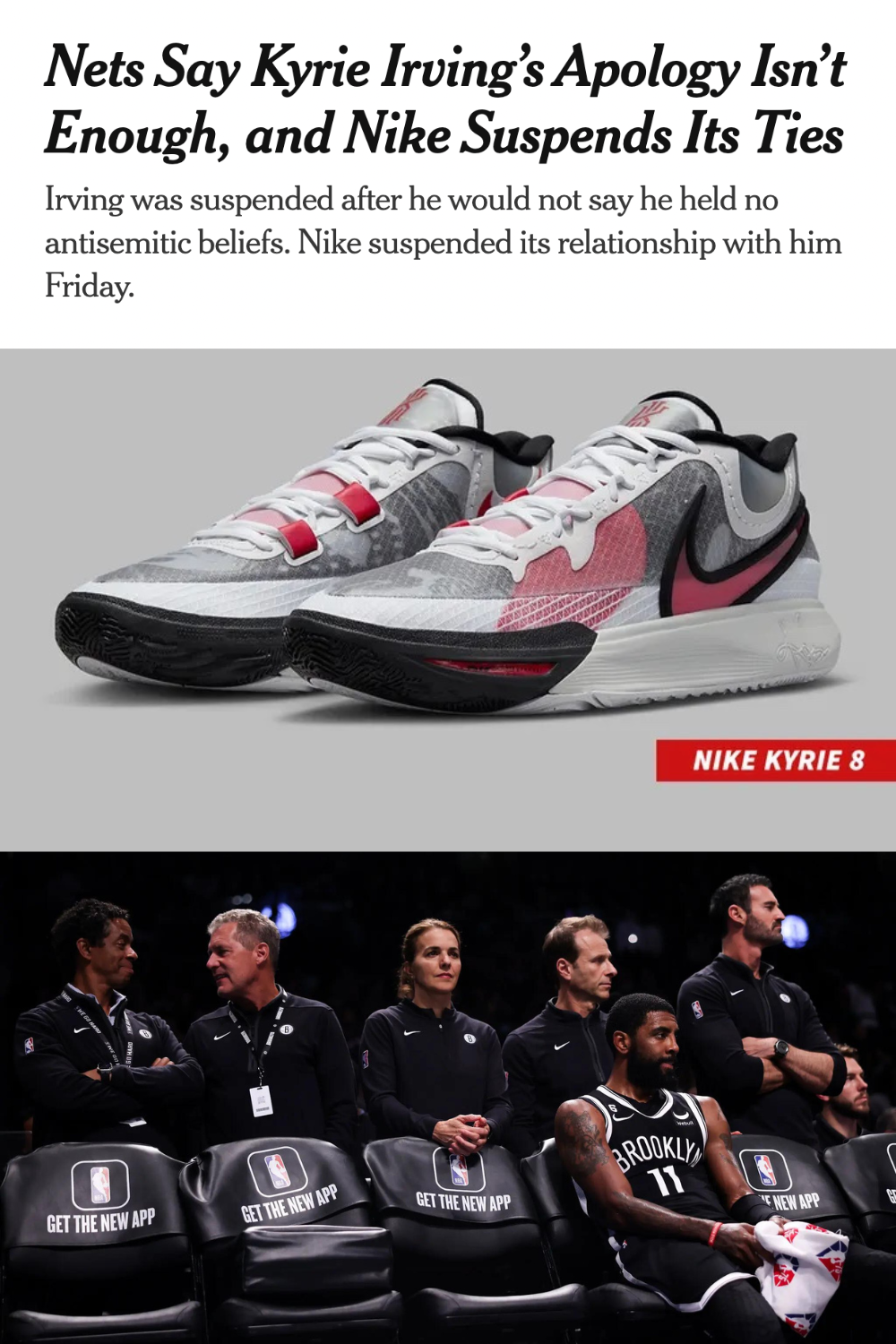
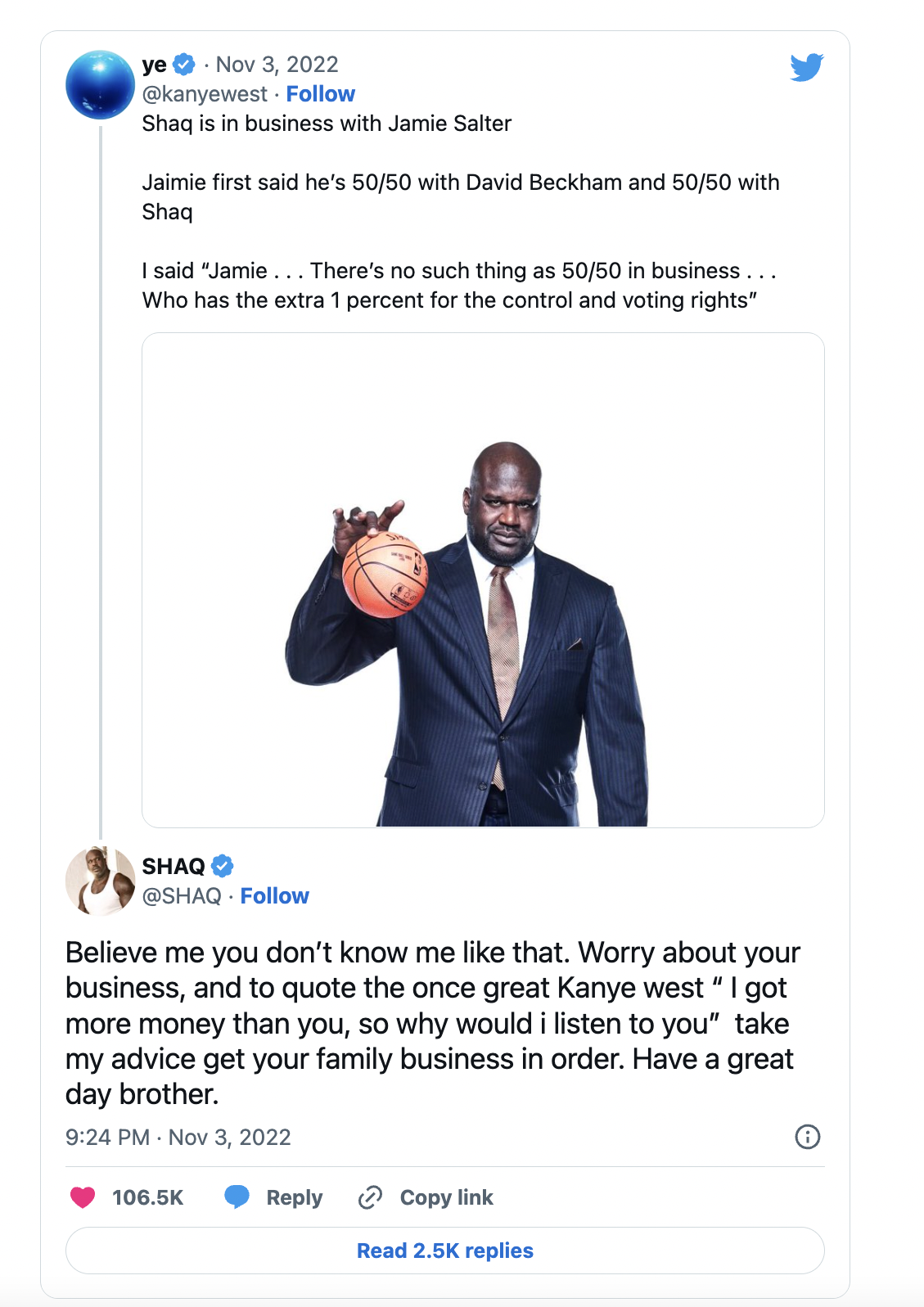










![Kanye West's [aka Ye] Refusal to Treat His Mental Illness Is No Excuse For His Anti-Semitism](https://images.squarespace-cdn.com/content/v1/55f45174e4b0fb5d95b07f39/1666238183530-4WVG9SNG88HTSKQ0WWDV/Is+Kanye-West-Running-Out-of-Platforms.png)
